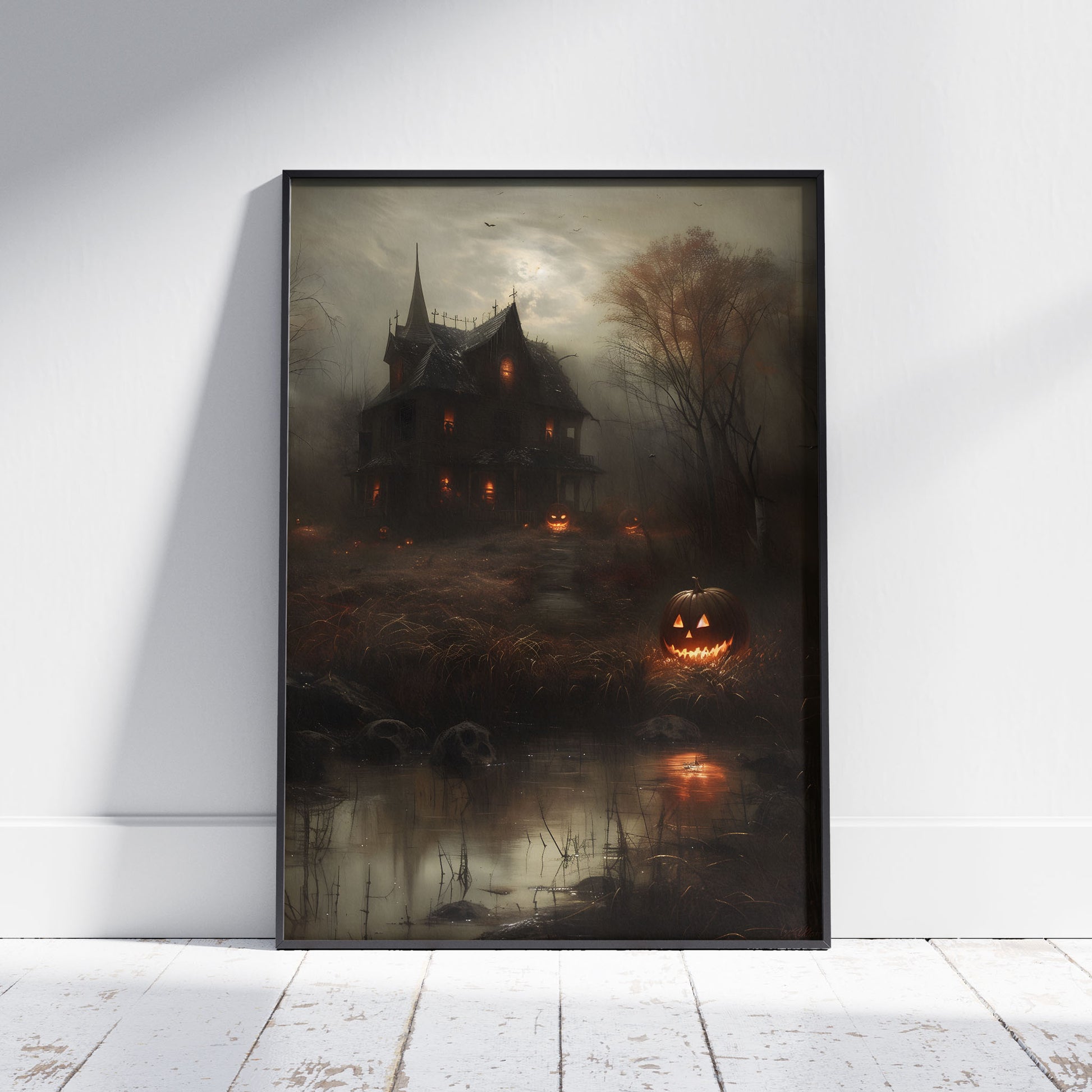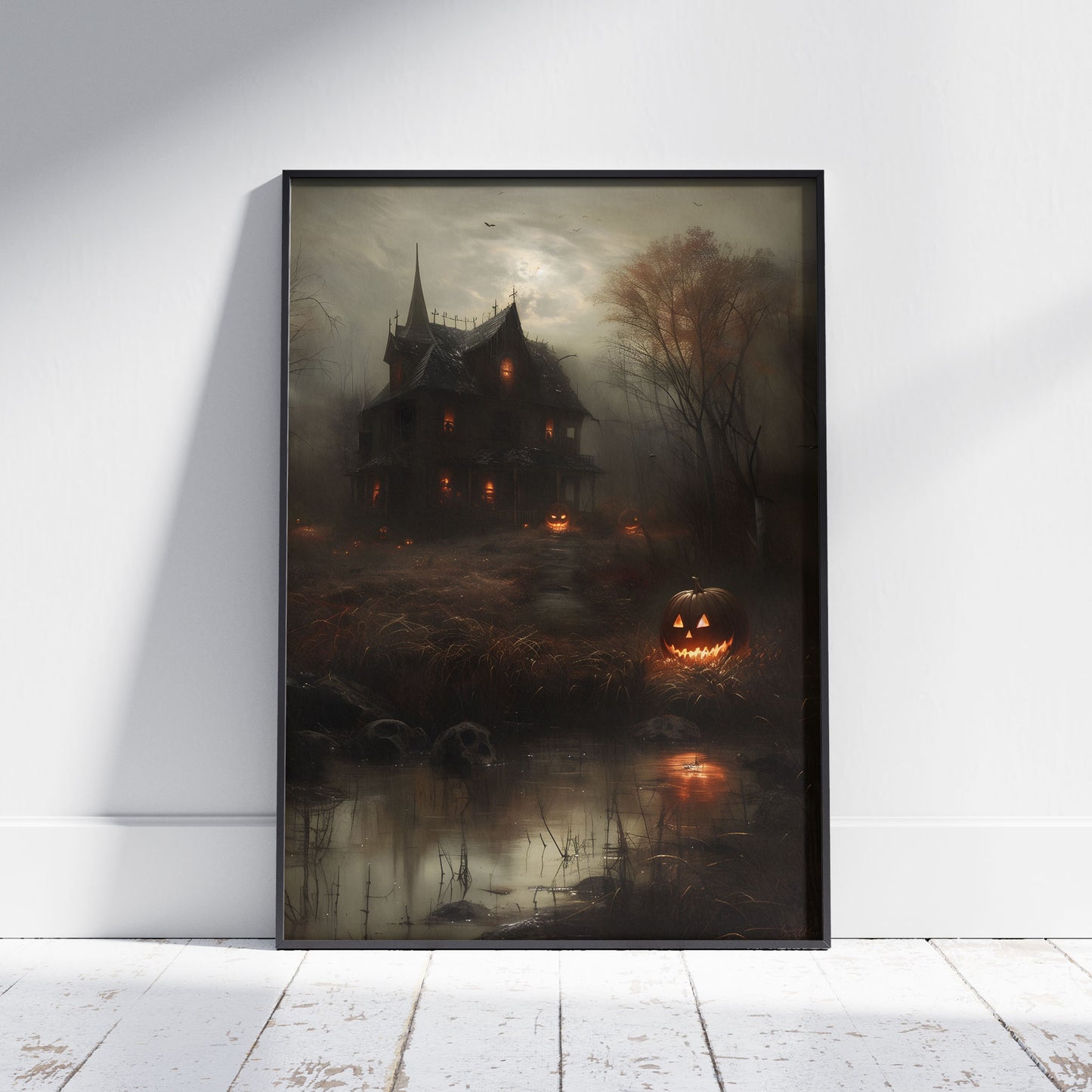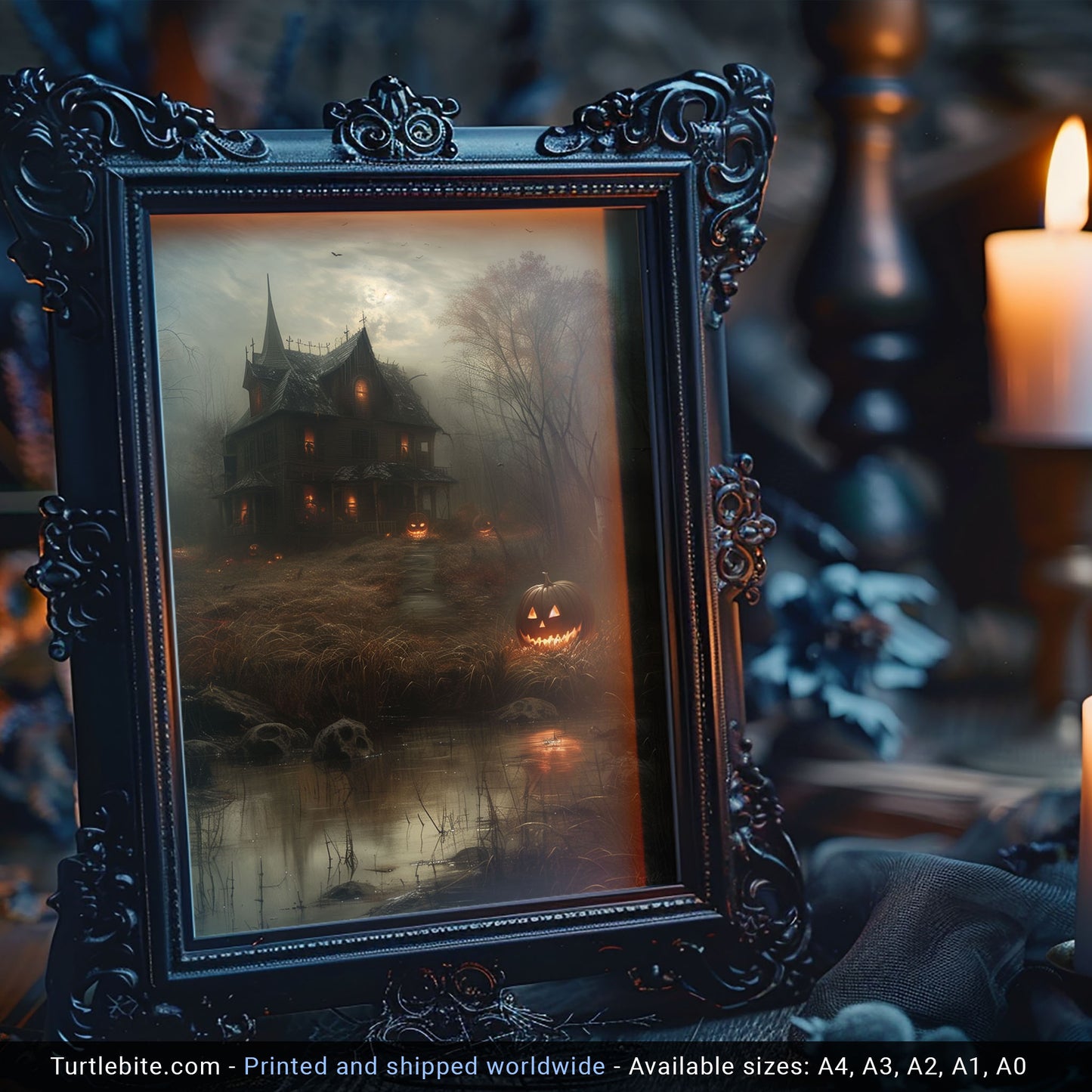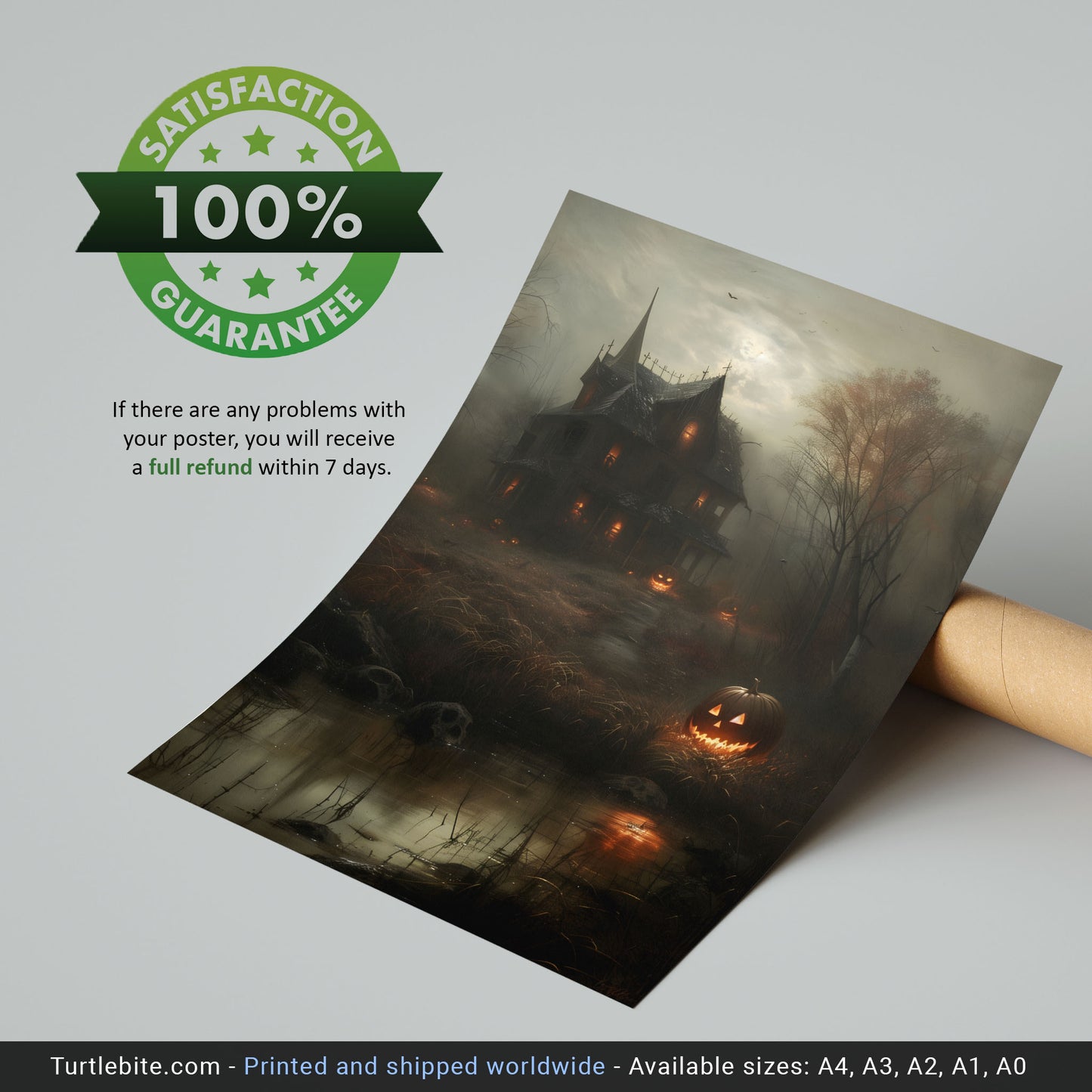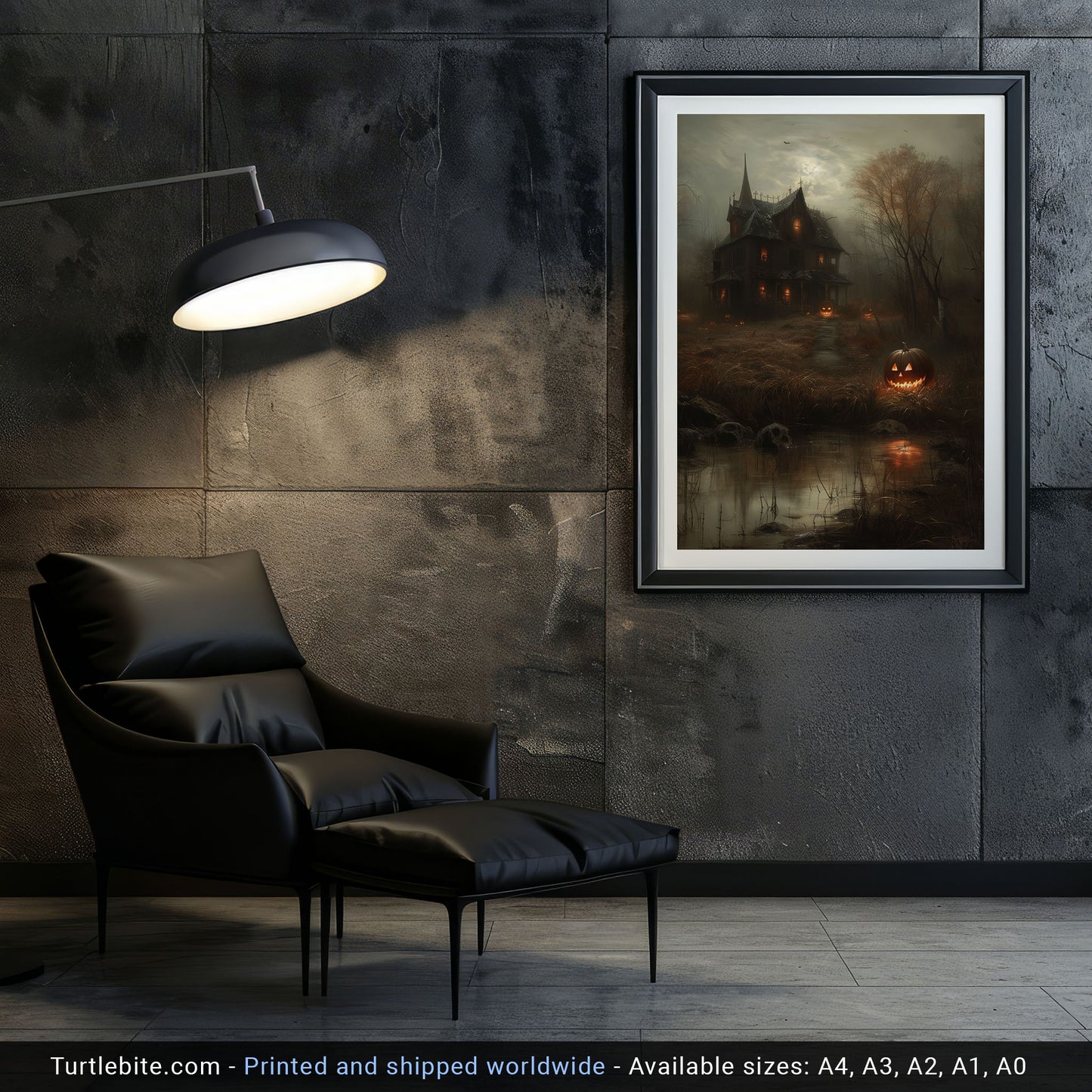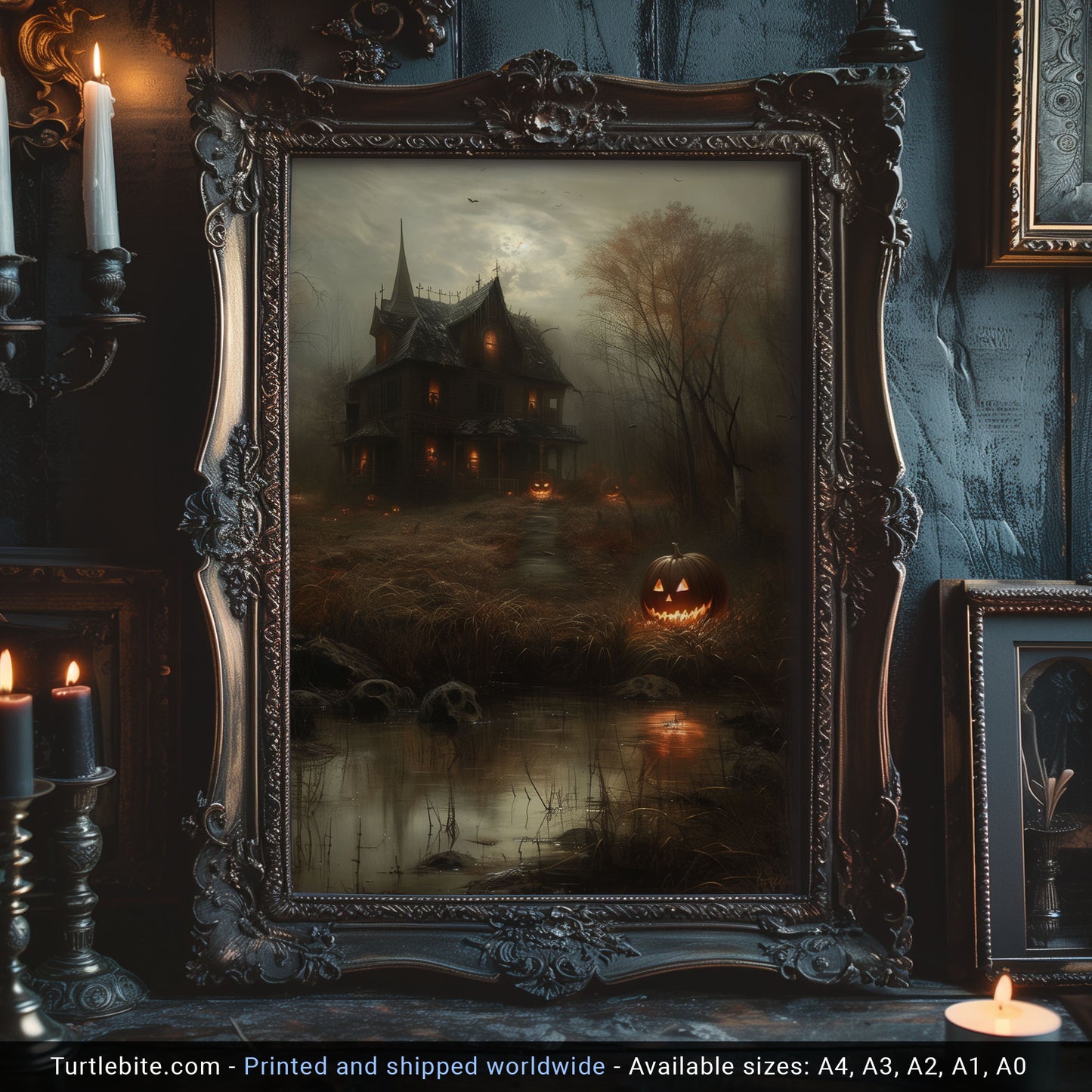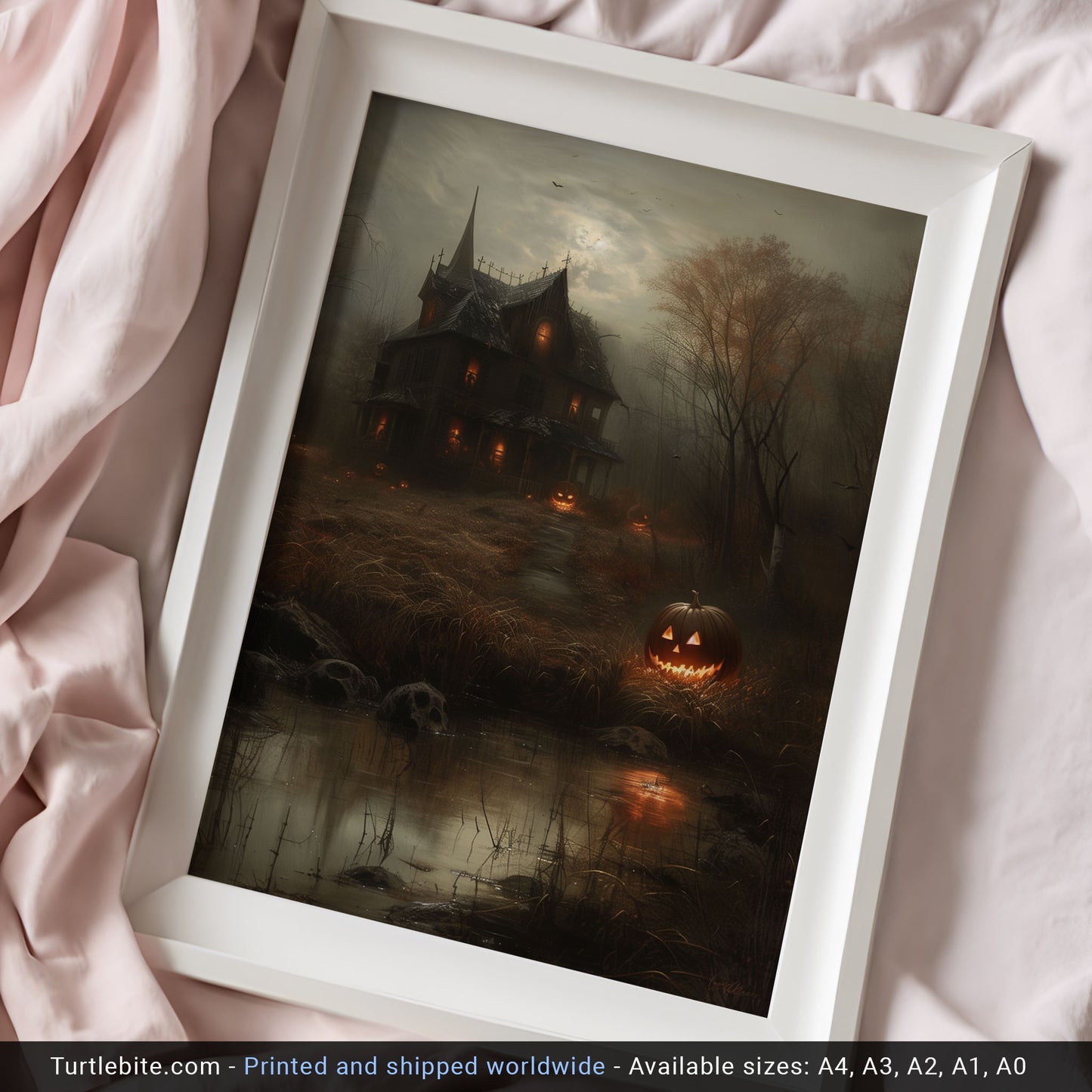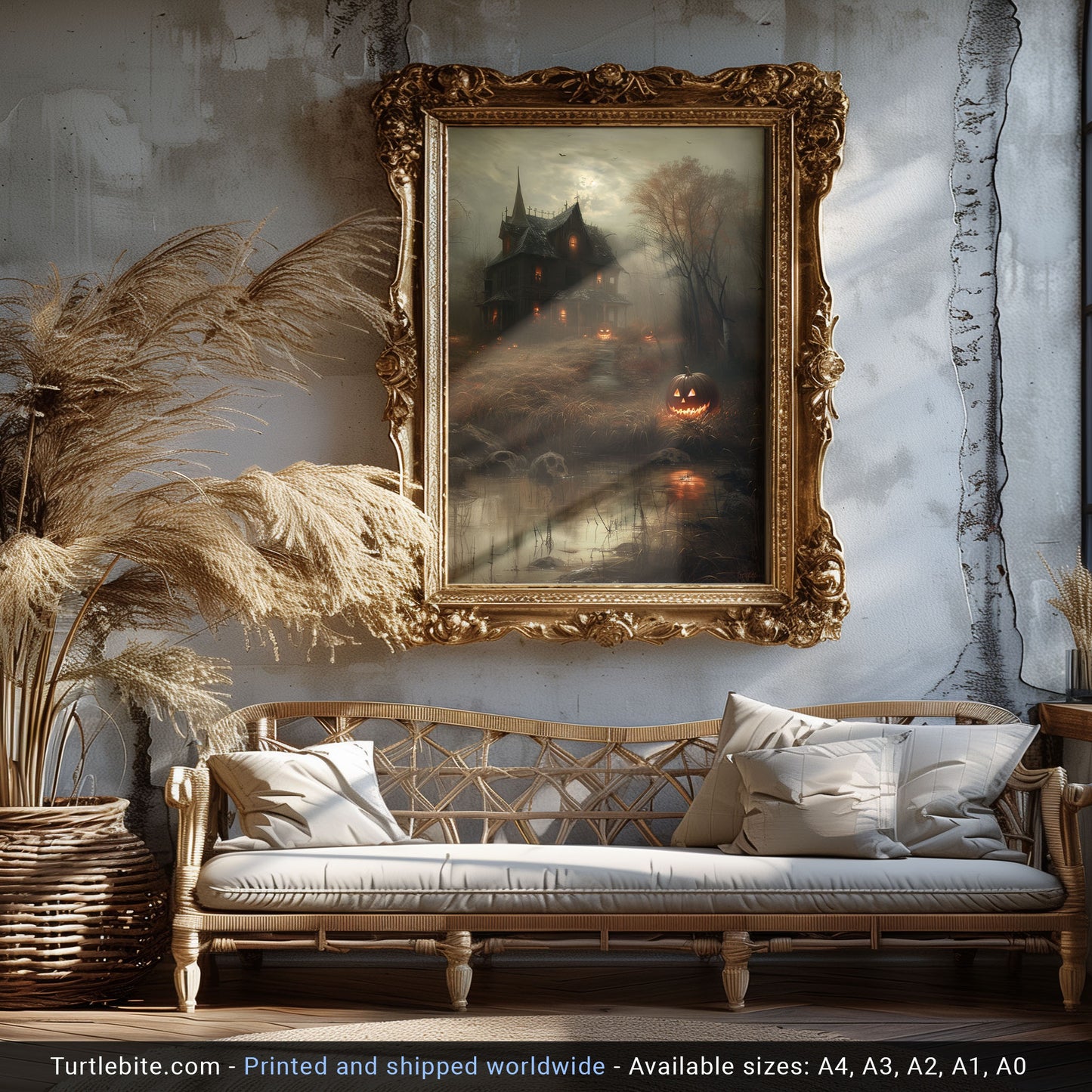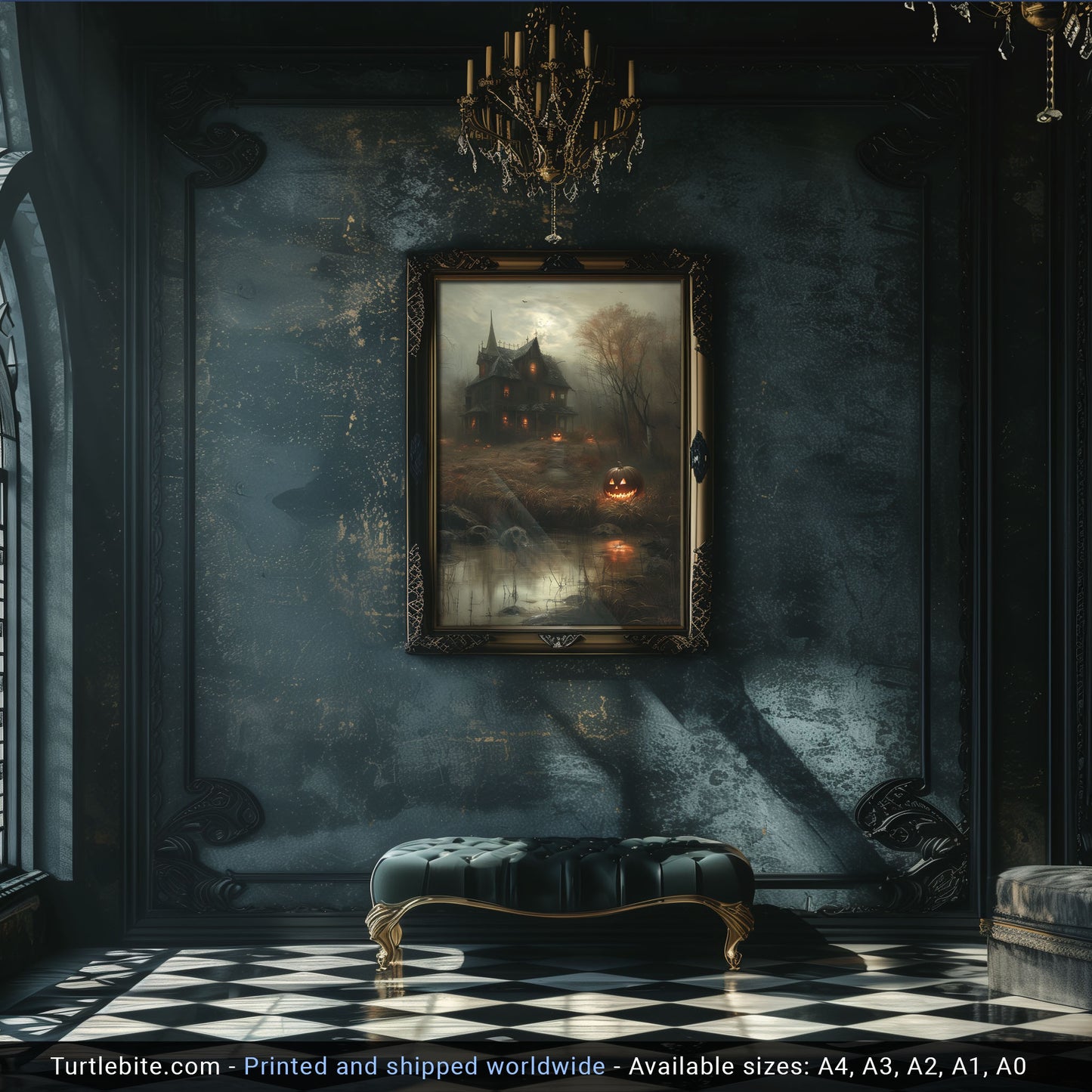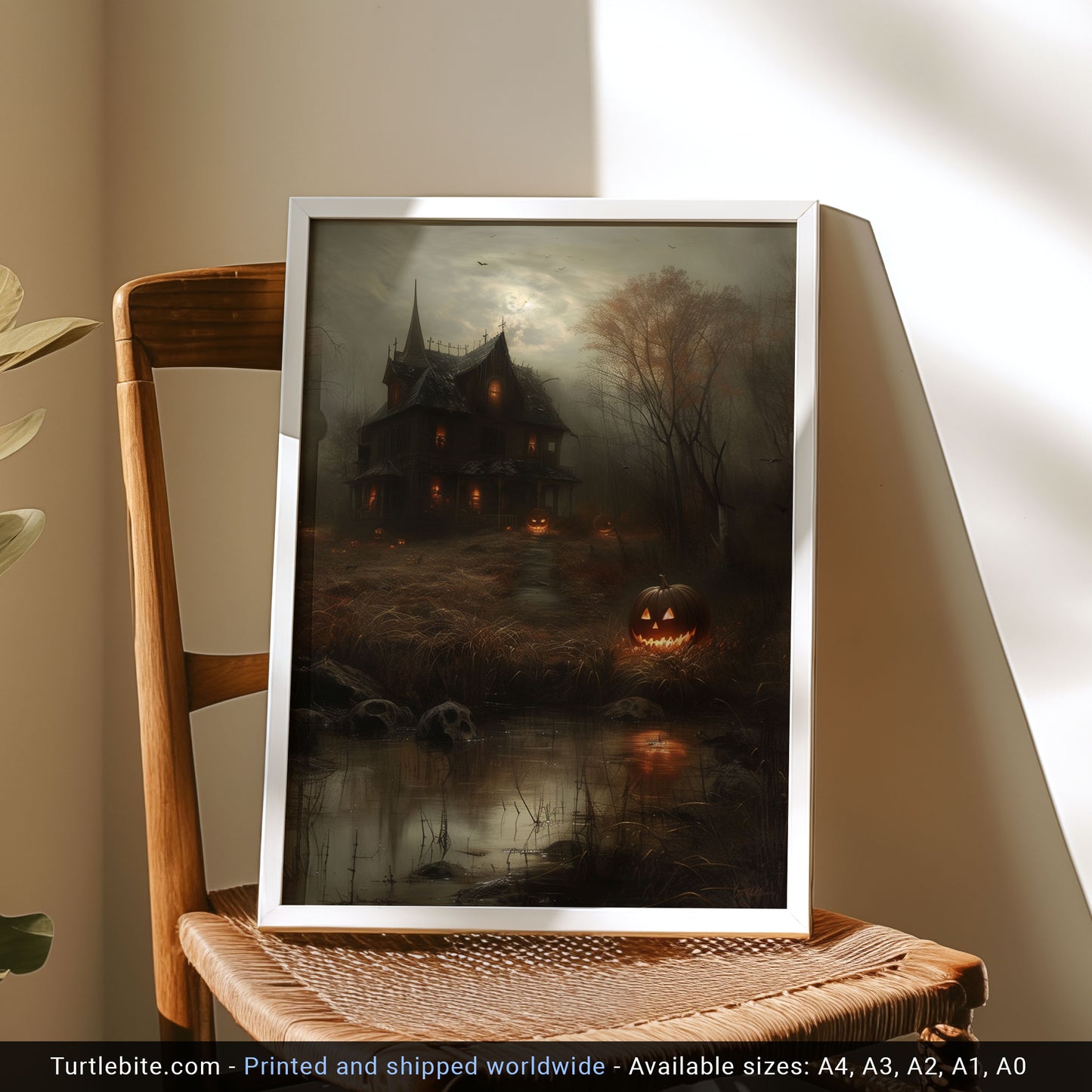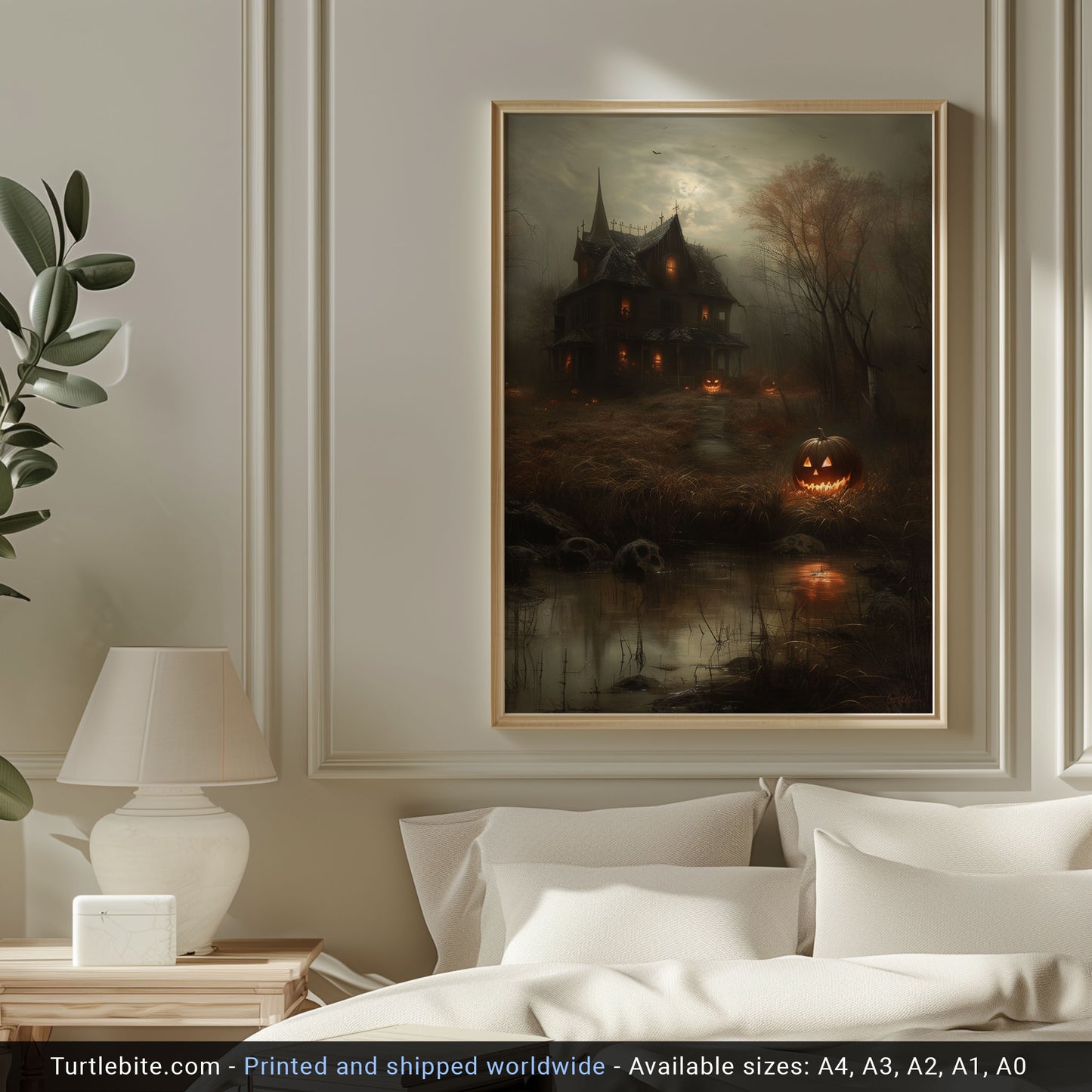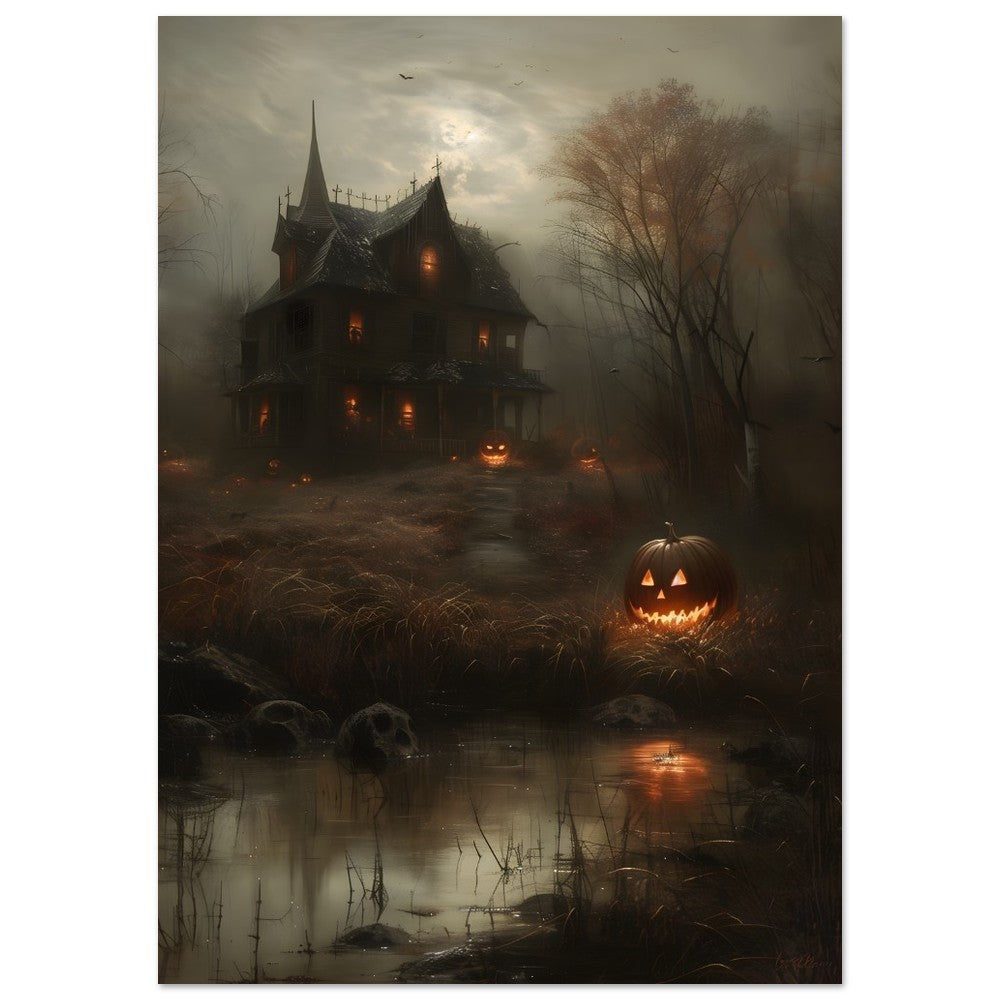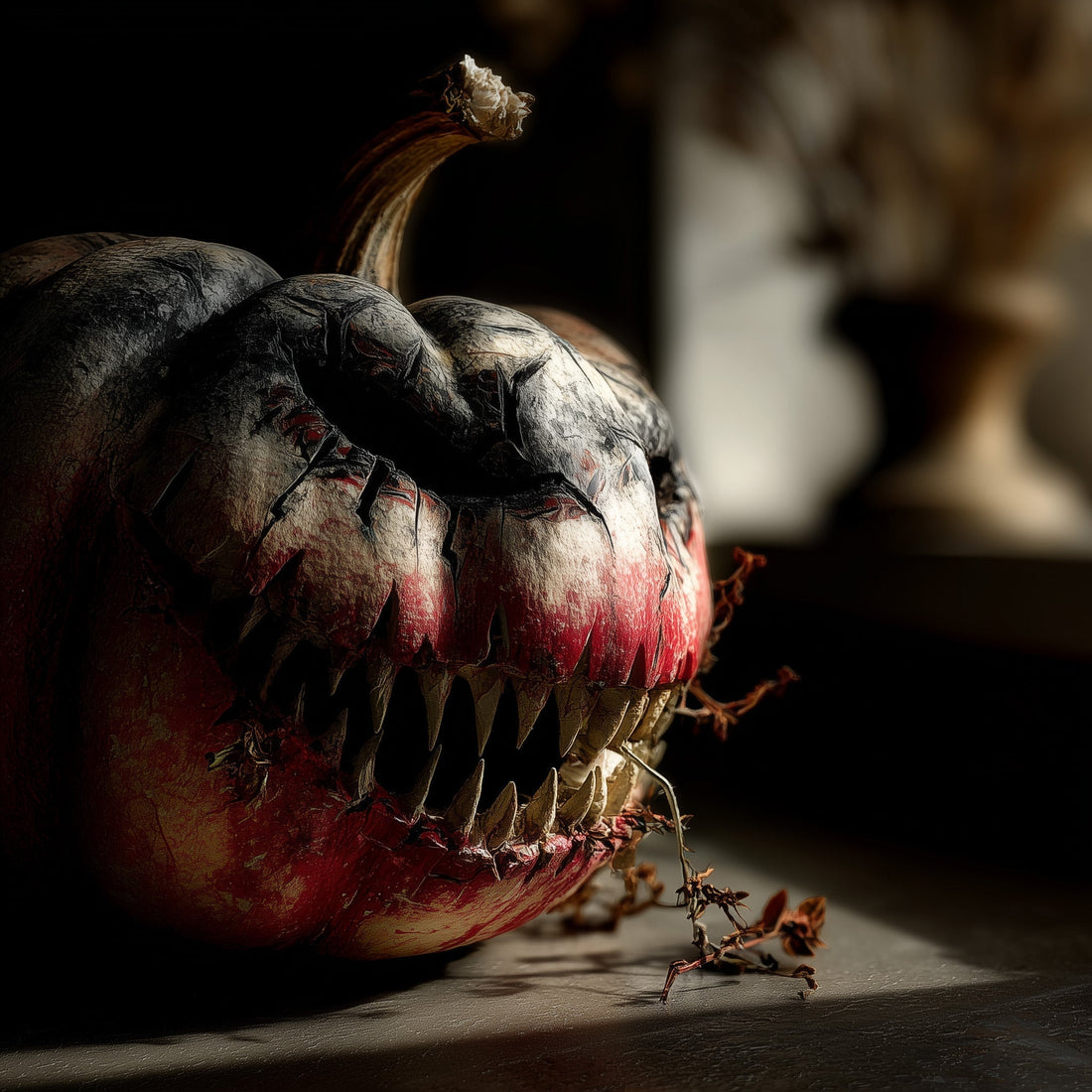
How Halloween Started: The Spooky Truth Behind Our Favorite Fright Night
ChristianShare
Picture this: you're carving a pumpkin, wondering why the heck we decided that hollowing out gourds and sticking candles in them was the peak of autumn entertainment. Well, buckle up, because the story of how Halloween started is way more twisted than your average jack-o'-lantern grin.
I've always been fascinated by the dark origins of our most beloved spooky holiday. Trust me, once you dig into Halloween's backstory, you'll never look at trick-or-treating the same way again. It's like peeling back the layers of a really good gothic horror story – each revelation gets more deliciously macabre than the last.
The Ancient Celtic Roots: Where It All Began
Samhain – The OG Halloween Party
Long before anyone thought to dress up as a sexy vampire or zombie cheerleader, the ancient Celts were throwing what might be history's most hardcore harvest party. Samhain (pronounced "sow-in," not "sam-hane" like I embarrassingly mispronounced for years) marked the end of summer and the beginning of winter around October 31st.
But here's where it gets interesting – and by interesting, I mean absolutely spine-tingling. The Celts believed that on this night, the boundary between the living and dead became paper-thin. Ghosts could wander back to Earth, and honestly? The living weren't exactly rolling out the welcome mat.
Picture ancient Ireland around 2,000 years ago. No electric lights, no cozy houses with central heating. Just you, your family, and the very real possibility that your deceased great-aunt Brigid might pop by for an uninvited visit. The Celts dealt with this supernatural invasion by:
- Lighting massive bonfires to ward off evil spirits
- Wearing costumes and masks to confuse the ghosts (basically ancient catfishing)
- Leaving food offerings outside their homes (the original trick-or-treat, if you will)
- Telling fortunes because apparently, when reality gets weird, why not lean into it?
The Druid Connection
The Celtic priests, known as Druids, turned Samhain into a full-blown spiritual event. These weren't your garden-variety religious leaders – Druids were the ancient world's combination of priest, judge, teacher, and probably the guy you'd want planning your Halloween party.
They believed that during Samhain, their prophecies became super-charged. It's like their psychic abilities got a seasonal boost. Pretty convenient timing, if you ask me :)

Roman Interference: When Empires Collide
Pomona's Fruit Salad Festival
Fast-forward a few centuries, and the Romans decided to crash the Celtic party. As they conquered Celtic territories, they did what Romans did best – they absorbed local traditions and gave them a Roman twist.
The Romans merged Samhain with their own harvest festivals, particularly one honoring Pomona, the goddess of fruit and trees. This is actually where our modern tradition of bobbing for apples comes from. Because nothing says "honoring the dead" quite like nearly drowning yourself trying to grab a Granny Smith with your teeth.
Feralia – The Roman Day of the Dead
The Romans also had Feralia, a late October festival commemorating the passing of the dead. Sound familiar? It's like they took the Celtic concept and added their trademark organizational skills. The Romans were basically the event planners of the ancient world.
Christianity's Makeover: All Saints and All Souls
Pope Boniface IV's Strategic Move
Here's where things get really politically savvy. In 609 A.D., Pope Boniface IV established All Saints' Day to honor Christian martyrs. Initially celebrated in May, Pope Gregory III later moved it to November 1st. Coincidence? I think not.
This wasn't just a calendar shuffle – it was a calculated move to Christianize pagan traditions rather than eliminate them entirely. Smart strategy, honestly. Why fight a beloved holiday when you can rebrand it?
All Hallows' Eve Takes the Stage
The night before All Saints' Day became known as All Hallows' Eve (later shortened to Halloween). The Church basically said, "Fine, you want to celebrate the supernatural? Let's do it our way."
November 2nd became All Souls' Day, dedicated to praying for souls in purgatory. The three-day celebration looked like this:
- October 31st: All Hallows' Eve (honoring saints and supernatural)
- November 1st: All Saints' Day (celebrating known saints)
- November 2nd: All Souls' Day (remembering all Christian souls)
Talk about comprehensive coverage of the afterlife market.
Medieval Madness: Souling and Guising
The Original Trick-or-Treaters
During medieval times, poor people would go "souling" – basically door-to-door begging for food in exchange for prayers for the dead. They'd receive "soul cakes" (simple treats marked with a cross) and promise to pray for the deceased family members of the generous donors.

Meanwhile, in Scotland and Ireland, young people practiced "guising" – dressing in costumes and performing tricks, songs, or jokes in exchange for food or coins. Sound familiar? These weren't cute kids reciting nursery rhymes – we're talking about elaborate performances that could make or break your treat haul.
Mischief Night Shenanigans
The mischief aspect of Halloween really ramped up during this period. Young people used Halloween as an excuse for pranks that would make modern toilet-papering look like child's play. We're talking about moving livestock, unhinging gates, and general mayhem that would probably get you arrested today.
American Immigration: The Melting Pot Effect
Colonial Resistance and Adaptation
When European immigrants brought Halloween traditions to America, they hit some serious roadblocks. Puritan colonists were not having it. They viewed Halloween as papist nonsense and banned most celebrations.
But you can't keep a good spooky tradition down. Irish immigrants, especially during the potato famine of the 1840s, brought their Halloween customs with them. Suddenly, America had a crash course in proper ghost-honoring etiquette.
The Jack-o'-Lantern Evolution
Here's a fun fact that'll blow your mind: jack-o'-lanterns weren't originally pumpkins. The Irish carved turnips, potatoes, and sometimes beets into creepy faces. When they arrived in America, they discovered pumpkins were way easier to carve. Revolutionary thinking, honestly.
The legend behind jack-o'-lanterns involves a guy named Stingy Jack who trapped the Devil and was doomed to wander Earth with only a hollowed turnip lantern for light. Because apparently, even in folklore, poor life choices have supernatural consequences.
Victorian Revival: Halloween Gets Fancy
Parlor Games and Fortune Telling
The Victorians, bless their elaborate hearts, turned Halloween into a sophisticated social event. They hosted parties featuring:
- Apple bobbing contests (because nothing says elegance like potential drowning)
- Mirror gazing to see future spouses (the original dating app)
- Séances and spirit boards (Ouija boards before they were cool)
- Elaborate costume parties with themes and prizes
Romance and Superstition
Victorian Halloween became heavily focused on romance and marriage divination. Young women would perform elaborate rituals to discover their future husbands' identities. Some involved apples, others required mirrors at midnight, and most probably resulted in disappointment.
The Victorians also popularized Halloween decorations featuring black cats, bats, and spiders – imagery that's still plastered all over Halloween merchandise today. They basically created the aesthetic template we still follow.
20th Century Transformation: Becoming Kid-Friendly
The Sanitization Process
The early 1900s saw Halloween transform from an adult-focused, somewhat dangerous celebration into a family-friendly community event. This wasn't entirely voluntary – rising concerns about vandalism and safety pushed communities to organize supervised celebrations.
Schools and community centers began hosting Halloween parties, complete with costume contests and organized games. The focus shifted from supernatural scares to harmless fun. Some might say this was the beginning of Halloween's identity crisis.
Trick-or-Treating Goes Mainstream
The 1920s and 1930s saw trick-or-treating become standardized across America. Communities promoted it as a way to reduce Halloween pranks by giving kids a constructive activity. Basically, they bribed potential vandals with candy. Genius move, IMO.
The phrase "trick or treat" first appeared in print in 1927, though the practice was already well-established. It was essentially protection money – give us treats, or face the consequences of our creative mischief.
Modern Halloween: Commercialization and Global Domination
The Business of Scares
Today's Halloween is a multi-billion dollar industry. Americans alone spend over $10 billion annually on costumes, decorations, and candy. That's more than some countries' entire GDP spent on looking scary for one night.

The commercialization has created some interesting trends:
- Adult costume parties rivaling kids' enthusiasm
- Elaborate home decorations that would make Victorian spiritualists weep with joy
- Horror movie marathons and haunted house attractions
- Themed foods and drinks because everything needs a spooky twist
Global Halloween Expansion
Halloween has spread worldwide, though not without some cultural adaptation. Countries like Japan and South Korea have embraced costume parties and decorations, while others maintain more traditional autumn celebrations.
The irony? Many places celebrating Halloween today have no historical connection to Celtic Samhain or Christian All Saints' Day. It's become a purely secular celebration of creativity, community, and controlled scares.
The Dark Art Connection: Halloween's Aesthetic Legacy
As someone who appreciates the darker side of artistic expression, I find Halloween's evolution fascinating from a visual perspective. The holiday has preserved and popularized imagery that appears throughout gothic art and dark surrealism – themes that resonate in contemporary dark wall art.
The skeletons, ravens, and supernatural elements that define Halloween aesthetics appear regularly in gothic wall art collections, proving that our fascination with mortality and the macabre extends far beyond a single holiday.
Modern Halloween decorations share DNA with Victorian mourning art and medieval memento mori – artistic reminders of death's inevitability. Today's macabre and morbid art prints continue this tradition, offering year-round access to Halloween's dark aesthetic appeal.
Halloween's Psychological Appeal: Why We Love Being Scared
The Thrill-Seeking Gene
There's something deliciously perverse about humanity's relationship with fear. Halloween provides a socially acceptable outlet for exploring our darker impulses and confronting mortality in a controlled environment.
Psychologists suggest that Halloween allows us to:
- Practice coping with fear in a safe context
- Explore taboo subjects like death and the supernatural
- Express creativity through costume and decoration choices
- Build community bonds through shared experiences
The Cathartic Release
Halloween serves as an annual psychological pressure valve. After months of maintaining social norms and professional behavior, we get one night to be absolutely ridiculous. Want to dress as a zombie bride? Go for it. Feel like decorating your house to look like a haunted asylum? Nobody's judging.
This temporary suspension of normalcy might explain why Halloween continues growing in popularity. In our increasingly sanitized world, we crave authentic experiences – even if they're authentically terrifying.
Regional Variations: Halloween Around the World
Mexico's Día de los Muertos
While technically separate from Halloween, Mexico's Day of the Dead (November 1-2) shares similar themes and timing. The celebration honors deceased family members with elaborate altars, sugar skulls, and marigold flowers.
The aesthetic overlaps with Halloween are striking – both feature skulls, supernatural themes, and comfort with mortality. However, Día de los Muertos maintains a more reverent, celebratory tone compared to Halloween's playful scares.
Ireland's Continued Traditions
Modern Ireland, Halloween's ancestral home, still maintains some unique traditions. Colcannon (mashed potatoes with cabbage) remains a traditional Halloween food, sometimes hiding coins or rings for fortune-telling purposes.
Irish Halloween also features barmbrack, a sweet bread containing objects that predict the finder's future. Find a ring? Marriage is coming. Find a coin? Wealth awaits. Find a thimble? Perpetual singlehood, apparently. Harsh but efficient fortune-telling :)
Asian Adaptations
Countries like Japan and South Korea have embraced Halloween's costume culture while largely ignoring its supernatural aspects. Halloween in Tokyo features elaborate street parties and costume contests that would make American celebrations look understated.
The focus shifts from trick-or-treating to adult costume creativity, turning Halloween into a fashion show of epic proportions. It's Halloween without the historical baggage – pure aesthetic indulgence.
The Future of Halloween: Digital Scares and Virtual Frights
Technology's Role
Modern Halloween increasingly incorporates technology. Augmented reality decorations, interactive haunted houses, and social media costume contests are becoming standard. We're witnessing Halloween's digital evolution in real-time.
Virtual reality horror experiences now compete with traditional haunted houses. You can get properly terrified without leaving your living room – though where's the fun in that?

Sustainability Concerns
Growing environmental awareness is pushing eco-friendly Halloween alternatives. Reusable decorations, sustainable costume materials, and locally-sourced treats are gaining popularity among conscientious celebrants.
Some communities are organizing costume swaps and decoration exchanges to reduce waste. Because apparently, even spooky season isn't immune to environmental responsibility.
Conclusion: The Eternal Appeal of Halloween
So there you have it – Halloween's journey from ancient Celtic death festival to modern candy-fueled costume extravaganza. What started as a genuine belief in supernatural boundary-crossing has evolved into humanity's annual celebration of creativity, community, and controlled chaos.
The holiday's persistence across millennia suggests something fundamental about human nature. We need outlets for exploring darkness, whether through whimsical surrealism in art or elaborate Halloween celebrations. There's comfort in confronting our fears collectively, whether ancient Celts gathering around bonfires or modern families decorating houses with plastic skeletons.
Halloween's true magic isn't in its supernatural origins – it's in its ability to transform fear into fun, darkness into creativity, and individual anxiety into shared celebration. And honestly? In a world that often feels genuinely terrifying, having one night dedicated to fake scares and chocolate rewards doesn't seem like such a bad deal.
Whether you're carving pumpkins, hanging monsters and creatures art year-round, or just appreciating the holiday's deliciously dark aesthetic, Halloween remains our most successful cultural export of organized spookiness. Not bad for a tradition that started with people trying to avoid ghostly relatives, right?

